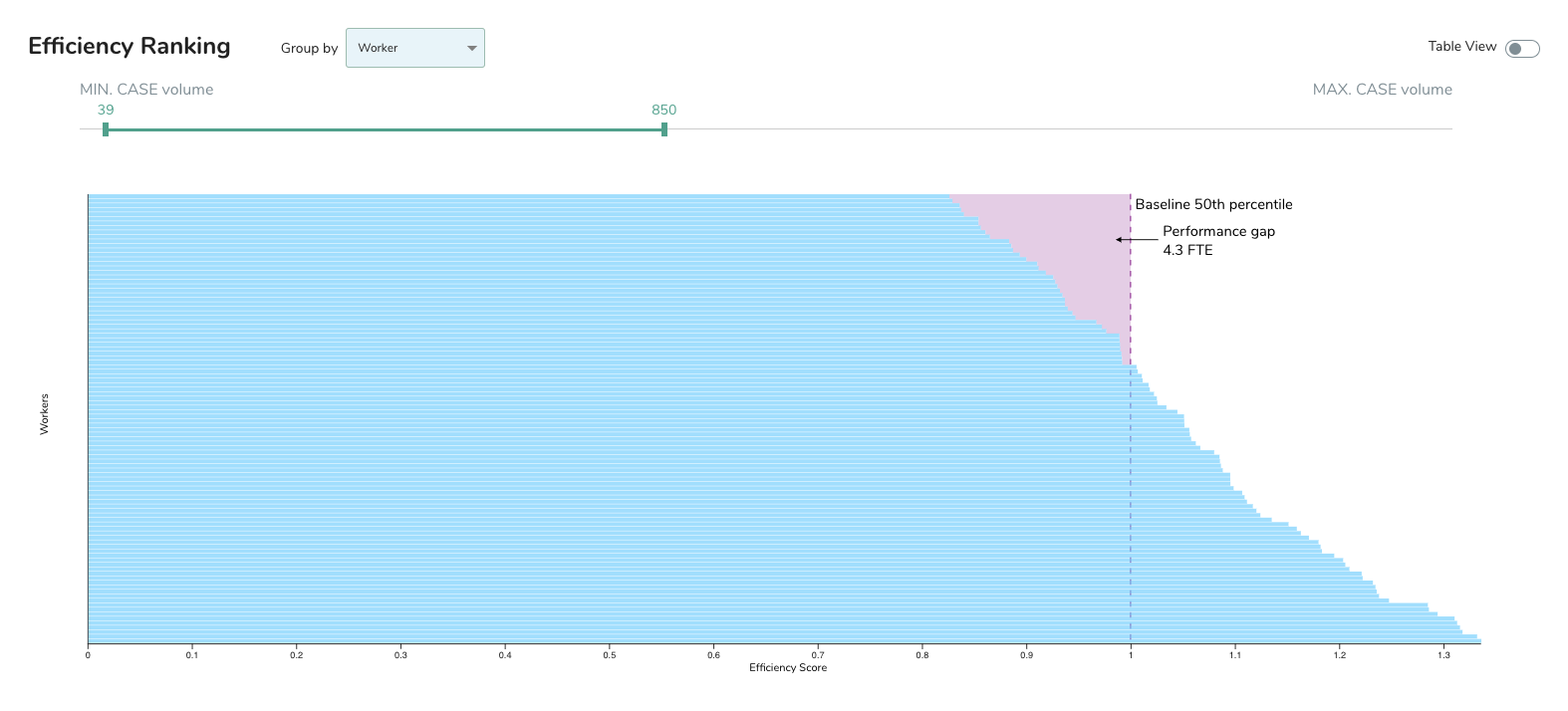Worker Productivity (Part 1): Unlocking Potential

2 min read
This blog is part of a two-part series.
It seems there are as many approaches to measuring worker productivity as there are service organizations:
- Treat workers as machines and simply count throughput per hour.
- Focus exclusively on interactions (calls, chats, emails) and try to measure “utilization” by multiplying the number of work items by average handle time (AHT), chalking up any other scheduled time as “shrinkage.”
- Flip the throughput ratio, attributing a cost per hour and then dividing by inbound volume to calculate “cost per contact.”
- Try to prevent gaming of the metrics already mentioned by blending in other KPIs like first-call resolution (FCR), escalation rates, and customer satisfaction (CSAT) itself. When a manager does this analysis on ticketed work, the focus is usually on mean time to resolve (MTTR), which conflates “working time” and “waiting time,” so that it’s unclear how to improve performance.

And measurement is just the beginning: even if a manager can “guesstimate” the productivity of workers over time, these crucial questions remain:
- How much can productivity improve?
- How much actual savings are achievable from productivity improvement?
- Which workers, workgroups, or categories of work should be the focus for remediation/training? Which workers’ techniques should be emulated by their peers? The optimal strategy is not always starting with the “worst” or “highest-volume” areas.
T-K (the AI Intelligence Engine by CKM Analytix), in contrast, takes a complete and rigorous approach to produce insights that are actionable and lead to sustainable gains:
- Omnichannel: Include work that a worker performs across all systems they interact with. A worker may be good on the phone, but that is only part of their responsibilities, and they may fall short on post-call activities.
- Accurate: Leverage T-K’s Effort Model (see “The Effort of Understanding” and “Data Science and Effort Modeling”) to open up two separately addressable dimensions of worker productivity: utilization and efficiency (see Worker Productivity Part 2).
- Actionable: Answer crucial questions (see above) – in real-time – to make managers more effective at reducing costs or increasing throughput. T-K automatically identifies realistic goals for your team (baseline productivity) – for any subset of work specified via several filters – and quantifies what their achievement would mean in terms of full-time employees (FTEs) as shown in the example plot above. This provides an apples-to-apples comparison to assess the most significant impact among, say, training initiatives, a retooled process/system, or better schedule adherence.
Next blog in the series: Worker Productivity (Part 2): Utilization vs. Efficiency
